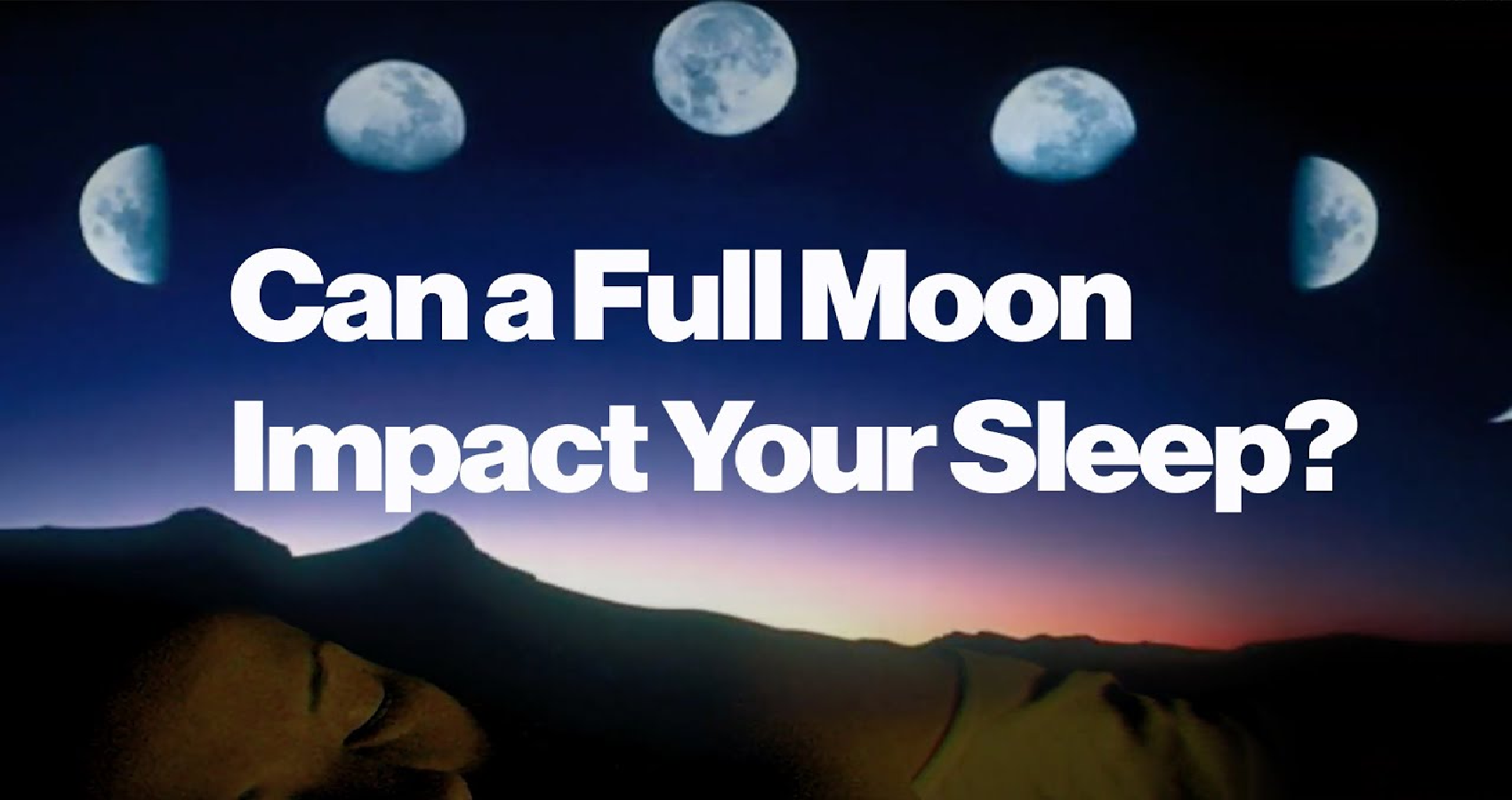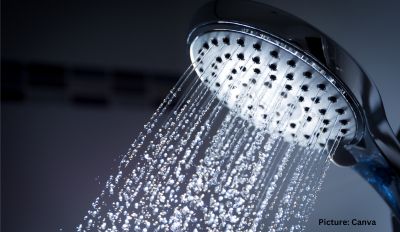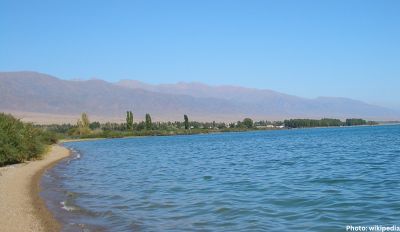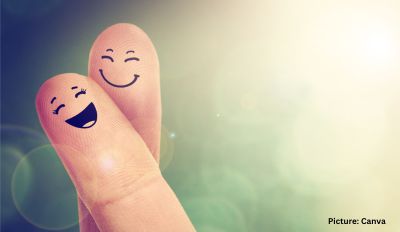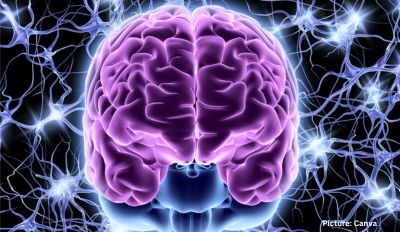Irrespective of geography, bustle and light pollution, the coming of the full moon affects people in the same way, a new study has found. Over the years, the moon has been blamed for mood swings and bad luck, baby booms and spikes in crime. Could it also be keeping us from dropping off at night?
A recent study by scientists at the University of Washington, the National University of Quilmes in Argentina, and Yale University published in the journal Science Advances this January, links the lunar cycle to sleeping patterns and has shown that , irrespective of geography, bustle and light pollution, and no matter where you are in the world, the coming of the full moon affects people in the same way.
Sleep cycles in humans still oscillate in keeping with the 29.5-day lunar cycle. About five days before the full moon, it takes about 30 minutes longer to drop off, and people on average sleep a little less than usual too.
The study analysed the sleep patterns of 98 people from three different indigenous Toba-Qom communities living in Argentina. One group had no access to electricity, a second had limited access such as a single source of artificial light at home, and the third lived in an urban setting with full access.
Researchers expected only those in the rural communities to be affected by the lunar phases, since artificial light has been shown to have such an immediate and powerful impact on sleep cycles in urban areas. But when the findings came in, it turned out that the lunar forces were equally at play across all three groups. A strong pattern emerged, showing that, on average, people took about 30 minutes longer to fall asleep in the three to five nights before the moon reached its brightest phase.
“Access to electric light did tend to delay the timing of sleep and shorten sleep times. However, it didn’t affect the impact of lunar rhythms, which were prevalent in all communities,” Leandro Casiraghi, co-author of the study and a postdoctoral scholar in the University of Washington’s department of biology, said.
These findings were so surprising that the scientists decided to expand their study and also evaluate data from 464 Seattle-area college students who had been enlisted in another sleep study. The lunar patterns found in sleep timings were almost identical in both populations.
“We still don’t have an explanation for the mechanism that drives this,” says Casiraghi. “Our theory is that it is an ancestral adaptation to the extended period of sky illumination on these days, in which after sunset , the moon is already above the horizon and allows for safe outdoor activity. Non-moonlit night skies are very dark and hence being outside without any other light sources would have been difficult and dangerous.”
This corresponds with the fact that the effects are not seen on full-moon nights, when the moon rises with more of a delay after sunset. “It’s interesting that these moonlit evenings seem to mimic what we do with electric light,” Casiraghi says. “We use it to extend our evening activity, but hardly ever use it to wake up before dawn.”

